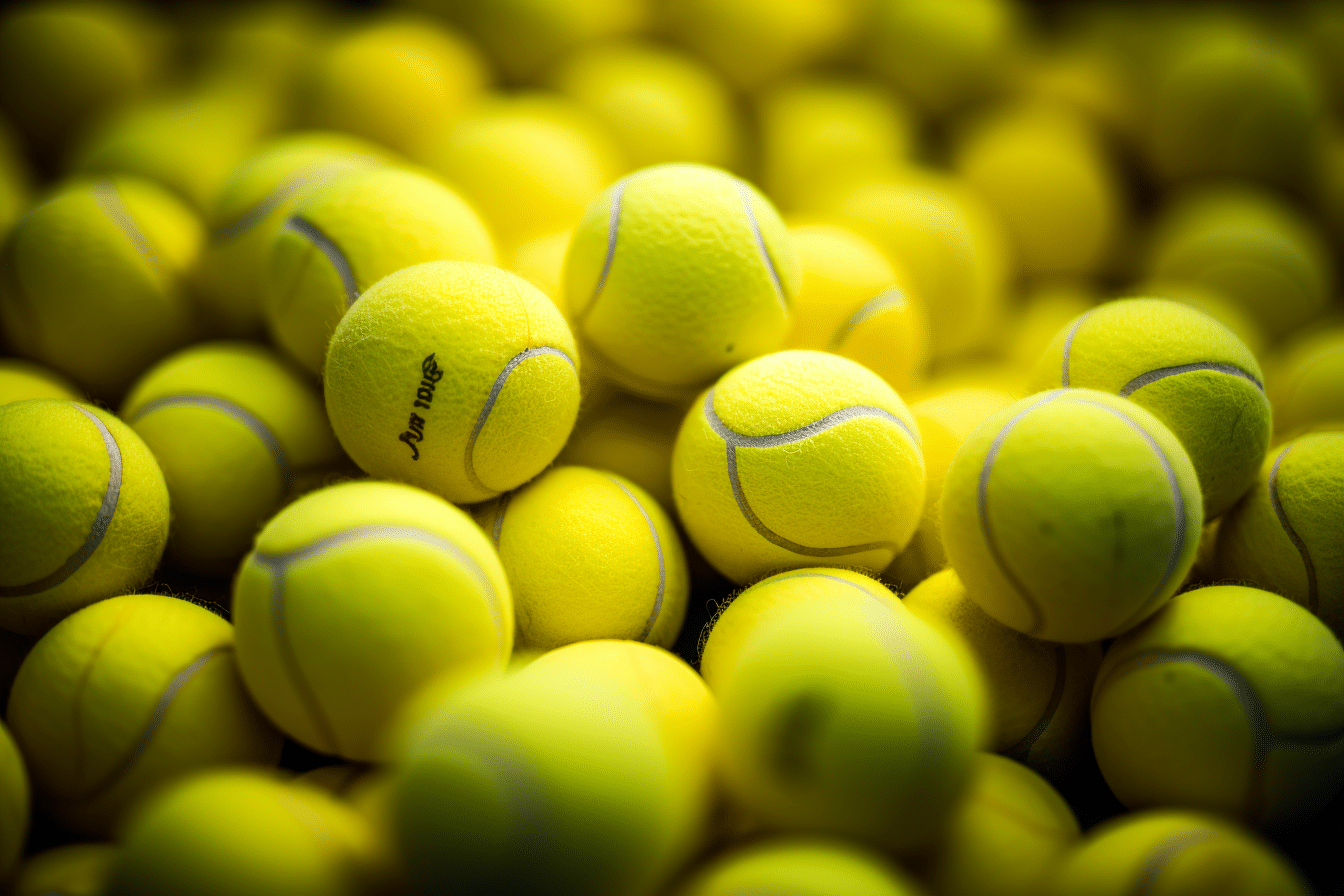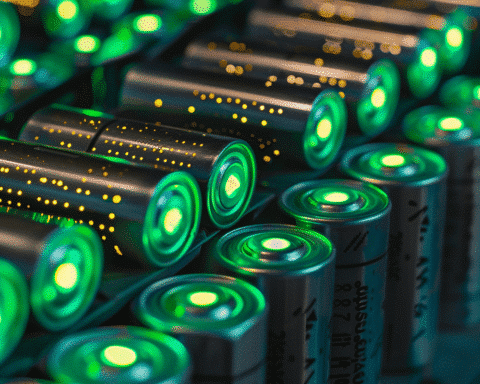Tennis, a beloved sport played worldwide, faces a hidden environmental problem that is beginning to catch the attention of sustainability advocates and experts.
Most players and fans are unaware that the fuzzy yellow tennis balls they use in the game are notoriously difficult to recycle. With approximately 330 million tennis balls manufactured each year, the vast majority eventually find their way into landfills, where they can take over 400 years to decompose.
This issue has come to the forefront during prestigious events like the U.S. Open, which alone goes through nearly 100,000 tennis balls in a single tournament.
The Recycling Conundrum
One of the primary reasons for the recycling challenge lies in the traditional design of tennis balls, which has seen little change since the introduction of pressurized balls in the 1920s.
These balls consist of a felt covering tightly glued to a hollow, air-filled rubber core. The glue makes it difficult to separate the felt from the rubber, hindering recycling efforts. Additionally, the felt is a blend of wool and nylon, rendering it non-recyclable.
Virgin Rubber and Global Shipping
Top-level tennis balls, such as the Wilson U.S. Open extra-duty model, are made from newly created, virgin rubber, contributing to deforestation in regions like the Amazon.
Furthermore, the tennis balls are primarily manufactured in Thailand and China and are shipped thousands of miles to reach North America and Europe, where most tennis is played, adding to their carbon footprint.
Efforts Towards Sustainability
Recognizing the gravity of the issue, the International Tennis Federation (ITF) has formed a technical working group comprising manufacturers, tennis governing bodies, and recyclers.
They aim to address the problem by exploring the design of fully recyclable tennis balls, prolonging ball use in competitions, and potentially reducing the frequency of ball replacements.
Positive Signs and Innovative Solutions
There are some positive signs in the quest for tennis ball sustainability. Efforts are underway to repressurize “flat” balls to extend their life, although this solution does not address the worn-down felt.
Some companies are developing tennis balls made partially from recycled materials, such as a Dutch company’s ball constructed from 30% old tennis balls. Wilson has also introduced a pressurized model with a sturdier core and more durable felt for extended use.
Serving a Sustainable Future for Tennis
While tennis balls may represent only a fraction of the world’s garbage, their challenging recycling process and environmental impact have prompted calls for change. Initiatives by nonprofits like RecycleBalls, which collects and repurposes used tennis balls, offer a glimmer of hope. Yet, the ultimate solution lies in redesigning tennis balls to be fully recyclable and reducing their environmental footprint throughout their lifecycle.
As tennis enthusiasts and industry stakeholders come together to address this issue, they aim to ensure that the beloved sport of tennis can be enjoyed without contributing to a tennis ball wasteland.




